Temple Touring in Bali:
10 Temples You Have to See for Yourself
What is it about temples that we admire? Is it the history, or the way they were built, or the reason for men to have put so much love into every stone? Bali is home to some of the most remarkable temples in the world, each with its own history, folk tales, and marvels. If ever you get the chance to have a vacation in Bali, make sure to dedicate as much time to touring these amazing masterworks. Always remember to dress appropriately, if you don’t have the right clothing, you’ll find kind merchants ready to rent or sell you what you’ll need. Here are 10 Bali temples you should see in real life.
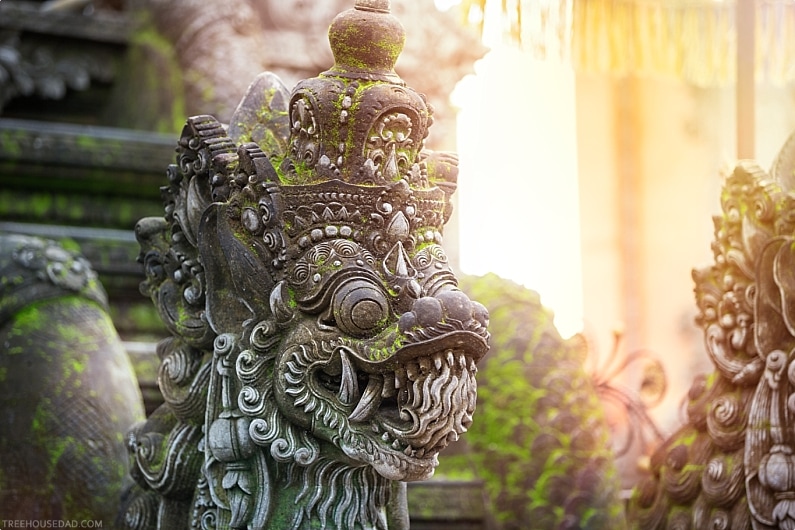
Goa Lawah
Commonly known as “The Bat Cave Temple”, the Goa Lawah temple is built near the entrance to a large cave that thousands and thousands of bats call home. Don’t let this put you off, though, there’s nothing to fear from these fruit-loving critters, and this temple should be on or near the top of the list. Located on the Southeast coast of Bali about 6.2 miles away from Klungkung. Local legend says a prince sought refuge from war in the temple and discovered a path leading to the Besakih Temple in the North of Bali. Depending on who you ask, two more secret paths have been discovered, but none have been verified. The best time to visit Goa Lawah is in the morning when the locals go to pray, keep in mind that due to its popularity, it’s usually a very busy temple to visit.
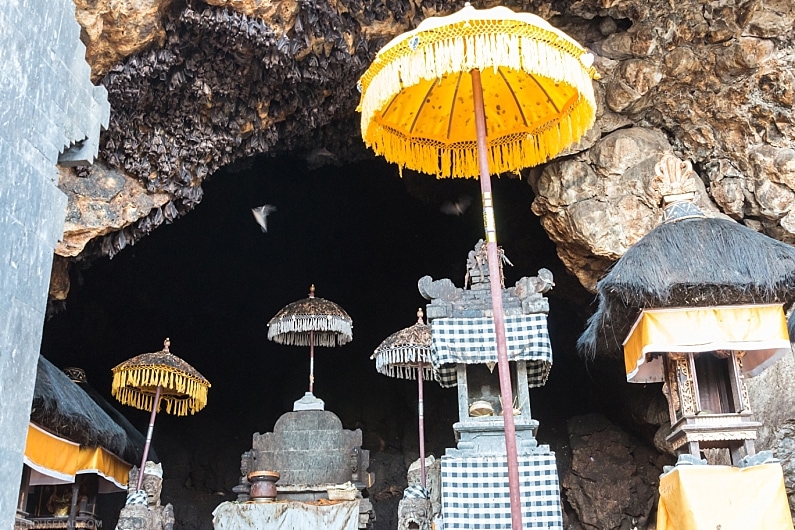
Pura Luhur Uluwatu
Built on top of a cliff with a 76-yard drop into the ocean below, the Pura Luhur Uluwatu temple is one of nine directional temples built around Bali designed to keep evil spirits away from her people. This temple was built in the 11th Century and is best seen during sunset. The temple is home to hundreds of monkeys, and although very cute, are excellent purse and personal possession snatchers so keep everything you want to keep guarded and secure. Should you lose something, you can usually get it back with a bride of a piece of fruit, however, this is highly discouraged as it encourages the thieving behavior. Try your best not to get upset with the monkeys as the locals believe that they guard the temple from bad influences. The local legend of Pura Luhur Uluwatu is that a famous Hindu priest found ultimate oneness in the temple and then vanished when struck by lightning. It is believed that he was taken from Erath up to the Gods.

Ulun Danu Batur
The name of this temple roughly translates to “the head of the lake”. Ulun Danu Batur is a temple complex made up of nine smaller temples and about 300 separate shrines. It was destroyed by one of Bali’s volcanoes in 1926 along with its surrounding village and then rebuilt again. When visiting Ulun Danu Batur expect to pay a small “donation” of about $1. This temple was built to celebrate the gods and goddesses of all water, the source of life in Bali.
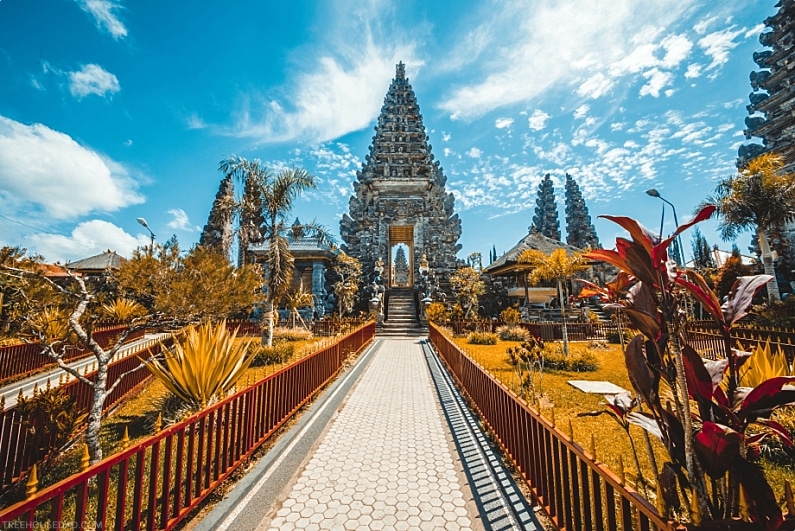
Gunung Kawi
This particular temple, my favorite, is thought to be the burial place of King Anak Wungsu, his wives, and even his favorite concubines. Gunung Kawi is a common place for ceremonies and when visiting, you’ll often find women preparing offerings for prayer and other celebrations. It is one of the oldest temples in Bali, estimated at over 1000 years old and you can find it in Tampaksiring about 12.4 miles Northeast of the city of Ubud. In order to visit the temples and its wonderful shrines, you’ll need to climb down 371 stone steps.
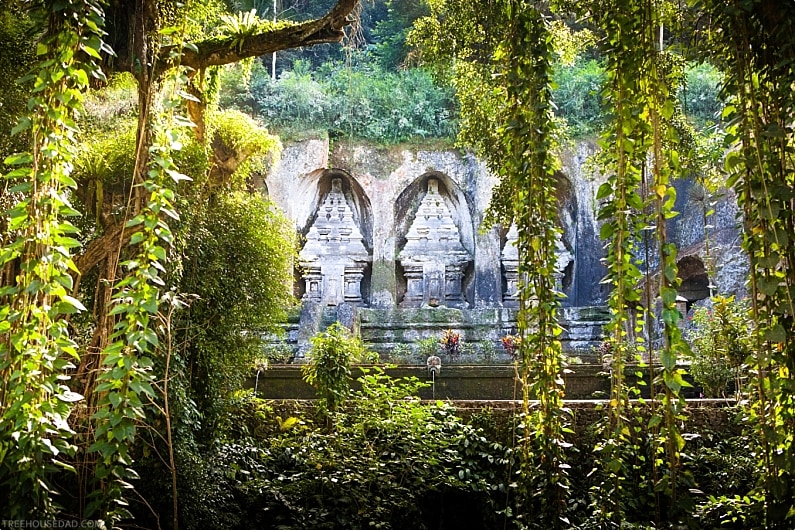
Pura Tirta Empul
The name Tirta Empul roughly translates to “Holy Spring Water”, a fitting name when you consider the temple itself. It is one of the most holy, important, and famous temples in all of Bali because of its holy water fountains used for purification ceremonies. It was built around 960 AD and found in the Tampak Spring Region of Bali. The purification bathing rituals hosted in Tirta Empul are strictly reserved for Hindus only and menstruating women are prohibited from entering the temple and its grounds.
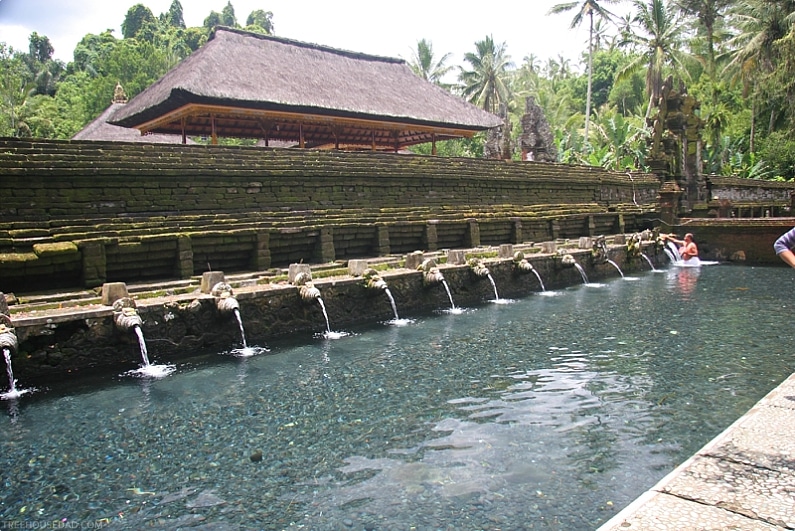
Pura Besakih
The “Mother” temple. This is the most important temple in all of Bali and is made up of over 80 individual temples. The stones used in the construction of Pura Besakih tell us that the area the temple was built on was a sacred area since ancient times. The Balinese locals believe that the Hindu gods, goddesses, and spirits live in the Pura Besakih temple. As with the Great Wall of China, many of the builders of the Pura Besakih temple died during its construction from illness and injury. Originally built during the 8th century, additional temples were added in 1340. In 1963, the region was hit by Earthquakes and then a volcanic eruption. The lava of the volcano missed the temple, the locals took this as a sign from the gods. You will find the temple in the North West of Bali and early morning is the best time to visit. It became nominated as a World Heritage Site in 1995.
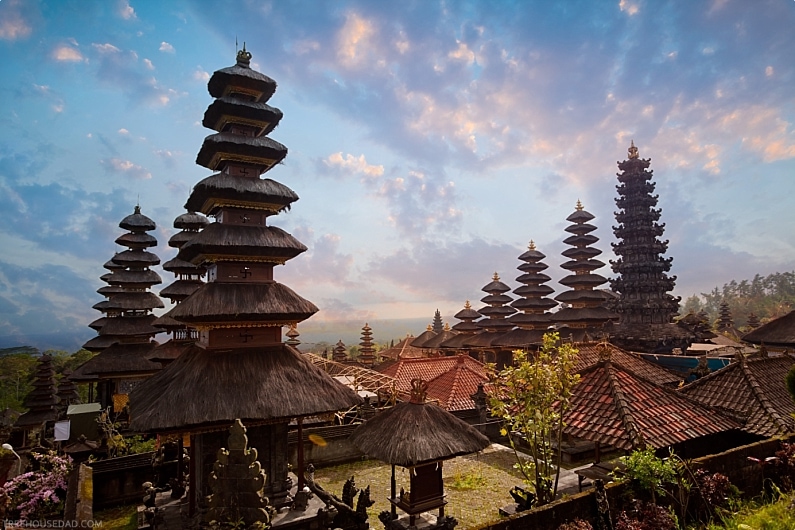
Pura Tanah Lot
Another one of Bali’s nine directional temples, Pura Tanah Lot was built on a rock in the ocean in the 16th century. It plays an important role in the spiritualism and mythology of the Balinese people. It is located offshore of the South West coast of Bali about a 30 to 40-minute drive from Seminyak. During high tide, the temple becomes surrounded by the ocean which is considered holy. The best time to visit is sunset at low tide where the ocean lowers and a rock pathway opens to allow visitors into the temple.
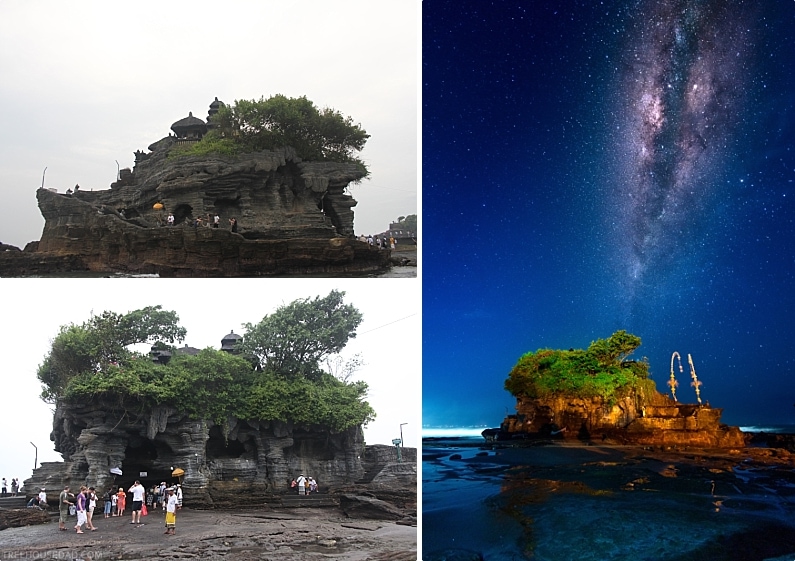
Taman Ayun
Regarded as the most beautiful temple in Bali, its name translates to “Beautiful Garden”. Built in 1634 and then restored again in 1937, Taman Ayun is located in the village of Mengwi and is the main site of worship to the people in the village.
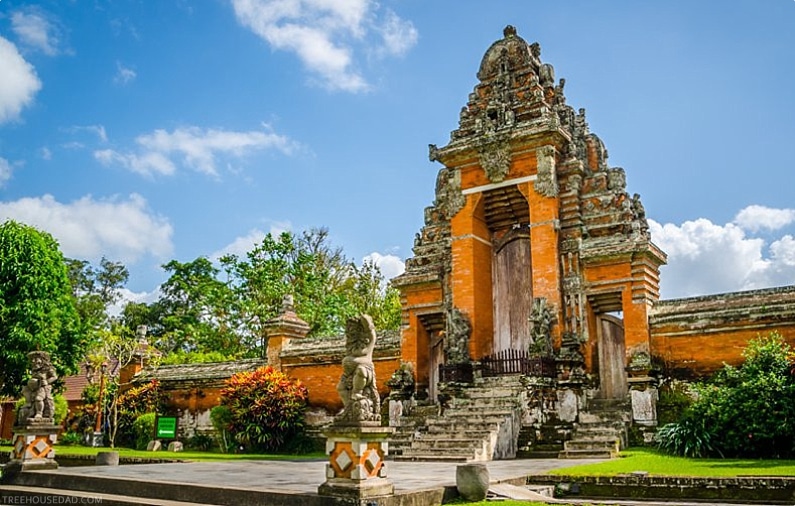
Pura Luhur Lempuyang
A very holy and scenic temple and possibly the hardest to get to, Pura Luhur Lempuyang can be found at the top of 1700 steps carved into its mountain. It is yet another of Bali’s nine directional temples and one of six dedicated to the Supreme God Sang Hyang Widi Wasa. Climbing the steps to the temple is hard physical work and the journey is considered to be a soulful one which no one should complain about when taking. It is not a usually crowded temple but if you don’t wish to climb the 1700 steps, the temple Pura Penataran Agung can be found at the foot of the steps.
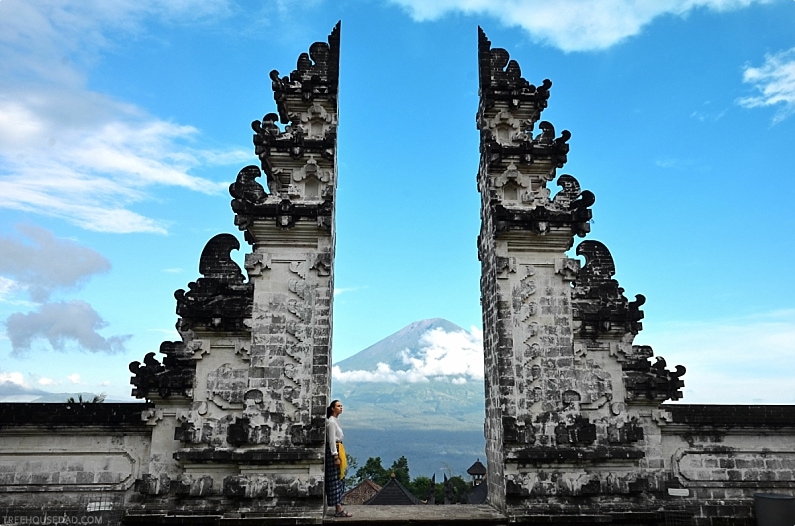
Ulun Danu Bratan
Not to be confused with Ulun Danu Batur, Ulun Danu Bratan is a very important water temple to the Balinese people. Located near Bedugul, it was built in 1633 to worship the goddess Dewi Danu. The temple is featured in the Indonesian banknotes, and the Indonesian Rupiah, it is an important and well-known landmark. The Ulun Danu Bratan temple belongs to the village of Candi Kuning and a part of the temple is inside the Bratan Lake. The area gets cold during the wet season between November and March.
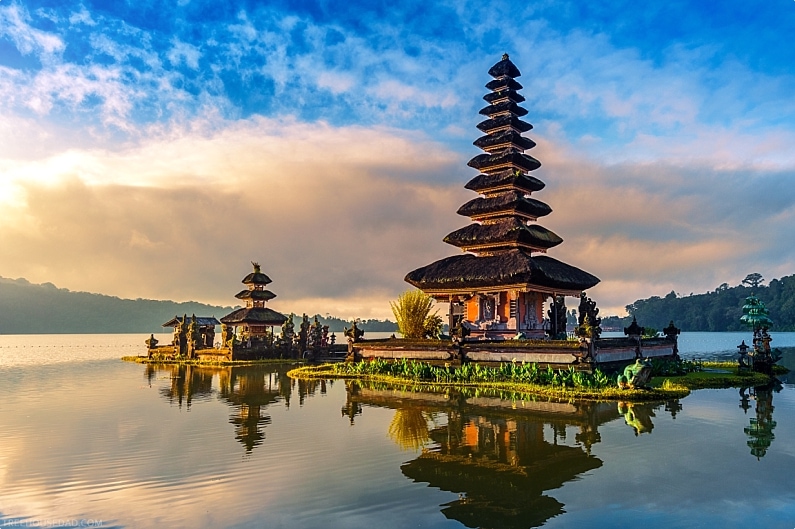
For more Bali adventures check out our surf trip with the children of the Bali Yayasan Permata Orphanage.



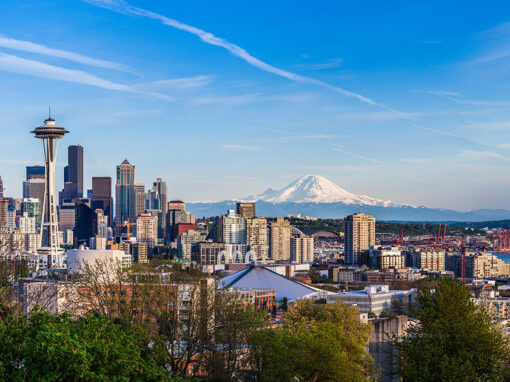

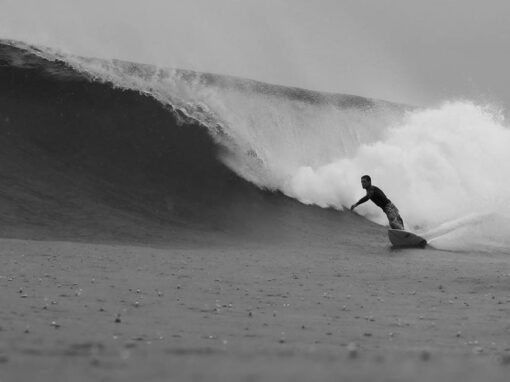



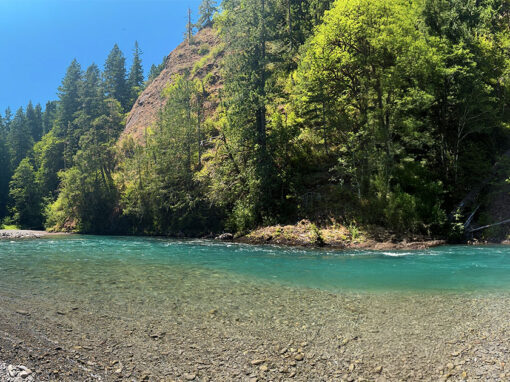
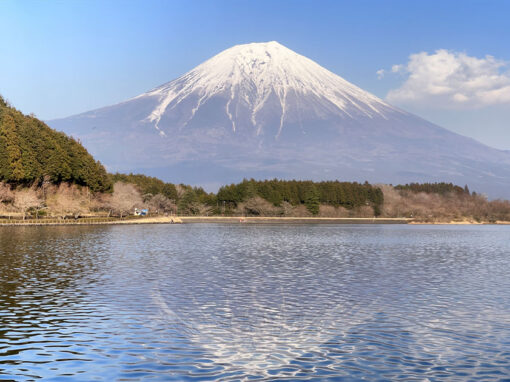
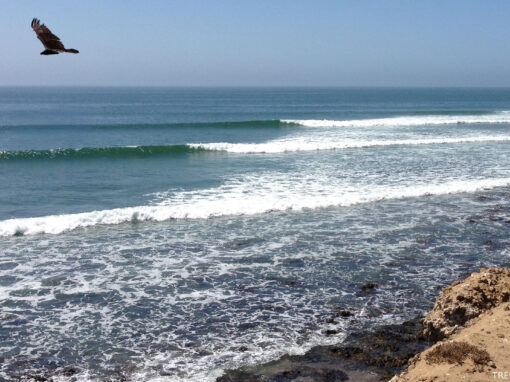
0 Comments